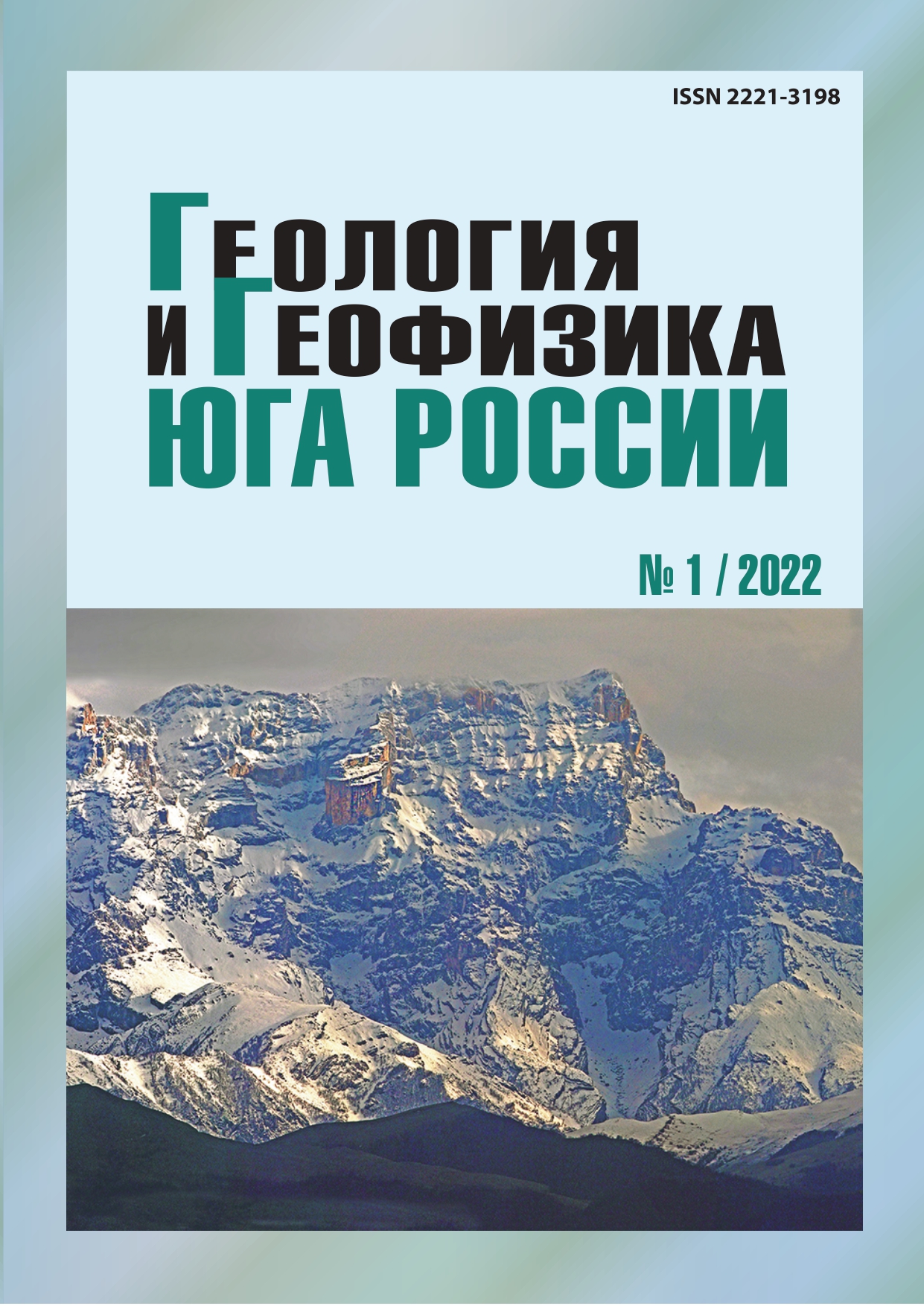Well thermal variations and in volume radon activity changes during earthquake preparation process
Abstract
Relevance. Interest in earthquake prediction is still relevant and research in this direction continues. A large number of natural phenomena that precede or are caused by earthquakes have been studied. Currently, there are about two hundred such phenomena. The phenomena associated with changes in the stress-strain state of rocks are among the most clearly manifested and fairly well studied. There are examples of successful use of hydrogeodynamic, seismological and radon signs of precursors in the short-term prediction of seismic events. Despite the wide range of radon studies conducted, reliable signs of the behavior of volumeradonactivity associated with the process of preparing a seismic event have not been identified. Aim. The aim of the work is to study the possibility of applying the features of the radon field change (the field of volumesoilradon activity) in the preparation of a tectonic earthquake in seismically active regions with different geodynamic conditions. Methods. Radon monitoring was carried out at geophysical landfills in the South Kuril and Caucasus regions. Measurements were performed with forced delivery of soil air to the detector (advective mode). Results. The results of radon monitoring at the Karmadon station show that the behavior of the VRA curve before earthquakes in the near zone does not contradict the patterns established for the South Kuril region.


